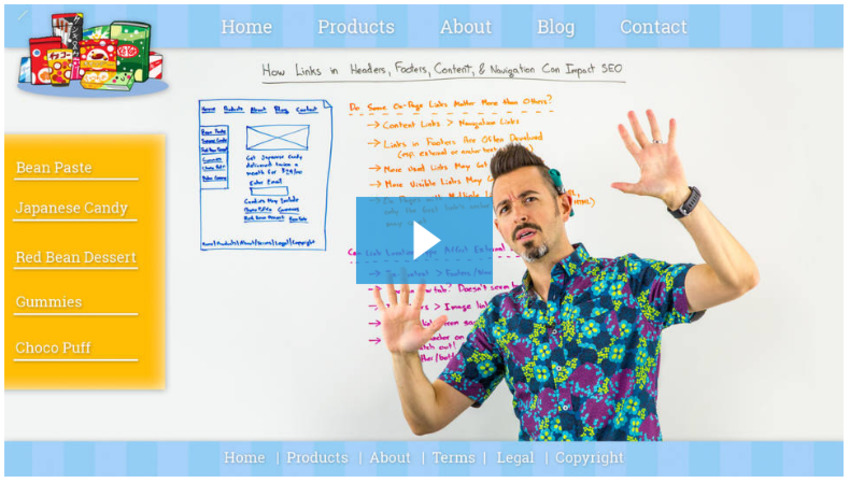Digest...
1. Create lots of content.
In order to create lots of internal links, you have to have lots of internal pages. The first step to a killer internal linking strategy is to have a killer content marketing strategy. You can’t have one without the other.
2. Use anchor text.
In keeping with the content theme of internal linking, your internal links should use anchor text as opposed to linked images. Image links are fine, provided that images are not the main source of links, and assuming the image is properly alt-tagged.
3. Link deep.
The deeper your links go, the better. There are two types of links you should avoid using in your content:
-- > Homepage. Most sites have too many links to the homepage as it is. You would rather strengthen internal pages to boost the overall SEO of your site, rather than simply point more links at the homepage.
-- > Contact us. This is a common mistake of many who are starting out in content marketing. As part of their obligatory call to action at the end of a post, they may write something like, “Give us a call to find out more about our awesome services!” Then, they link to the “contact us” page using the anchor “give us a call.” Don’t link to the contact us page unless absolutely necessary.
4. Use links that are natural for the reader.
Internal linking requires a user-focused approach to adding value and information. The link value that gets distributed throughout the site is secondary to this key point — providing value to the reader.
One of the corollary benefits of internal linking is that it improves user engagement on your site. When a user sees an informative link that truly matches the context of the content, they are likely to click on that link. It can be an external link, as long as it’s something that the reader will be interested in. If that link is an internal one, the site visitor stays longer and becomes more involved in your website experience.
5. Use relevant links.
Internal linking, as I’ve made clear, is less rigorous and scientific than some might think. But you still have to be intentional. Don’t merely link for the sake of linking. Instead, link to content that is relevant to the source context.
6. Use follow links.
Follow links are the best way to build out the internal link architecture of your content marketing.
7. Use a reasonable number of internal links.
When it comes to internal linking, I suggest around three to four, depending on the length of your post. I usually write articles that exceed 1,500 words, and I don’t have a link-heavy navigation bar. So, I wouldn’t feel bad about throwing in ten or twenty internal links if I needed to.
__________________
► Receive a FREE daily summary of The Marketing Technology Alert directly to your inbox. To subscribe, please go to http://ineomarketing.com/About_The_MAR_Sub.html (your privacy is protected).

 Your new post is loading...
Your new post is loading...

















Click/tap to view the original article.
This news comes to you compliments of marketingIO.com. #MarTech #DigitalMarketing